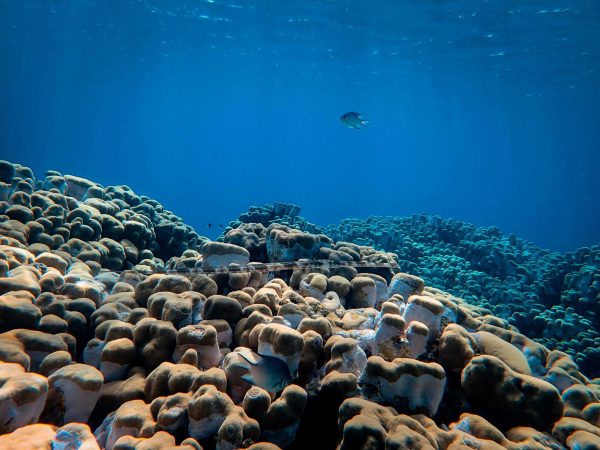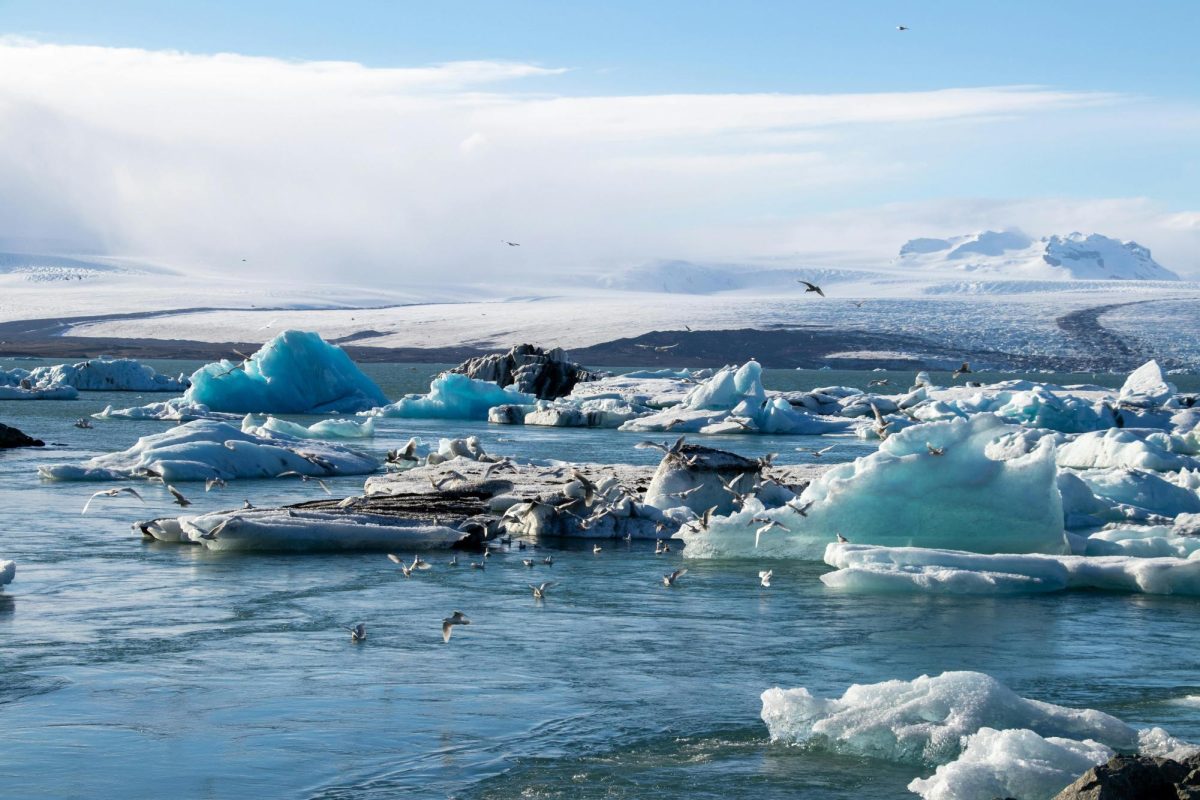North Atlantic Ocean surface temperatures broke heat records for more than 450 days throughout late 2023 and early 2024. This year, those temperatures are still at an all-time high.
In a new study released on Jan. 28 by Professor Chris Merchant, the lead researcher and author of the study at the University of Reading, explained that ocean temperatures will continue to rise if greenhouse gas concentrations don’t decrease.
“This accelerating ocean warming is driven by the Earth’s growing energy imbalance whereby more energy from the Sun is being absorbed in the Earth system than is escaping back to space. This imbalance has roughly doubled since 2010, in part due to increasing greenhouse gas concentrations.” – Chris Merchant, University of Reading professor
From 1980 to today, the increasing rate of ocean temperatures has quadrupled. In 1980, the studied rising temperatures were around 32.11 degrees Fahrenheit (0.06 C) per decade. Today, that number is 32.49 (0.27 C) degrees Fahrenheit per decade.
Margi Flood, associate professor of environmental science at the University of North Georgia, said she was not surprised to hear that the ocean surface temperatures have increased at this rate. She stated that burning coal and oil is a major source of carbon emissions, one of the key reasons the ocean temperatures are increasing.
According to the Mauna Loa Observatory in Hawaii, monthly atmospheric carbon emissions have increased from 415 parts per million (ppm) in 2021 to an average monthly usage of 426 ppm this year.
The increase of greenhouse gas concentrations and atmospheric carbon emissions is not only affecting ocean temperatures.
“Rising temperatures are going to disrupt groups of species that live in specific areas. They will not thrive, may move or die because it is happening too fast. In order to see adaptation you’re looking at hundreds of thousands of years, and we’re doing this in less than 100,” Flood said.
The current scientific census states that polar bears are most at risk from greenhouse gases and carbon emissions because of their reliance on the Arctic Sea ice. The climate change that these pollutants are bringing is melting the ice too fast for the species to adapt, which in turn is affecting their hunting grounds as well as access to food and consistent temperature thresholds.
The heat thresholds for the oceans are already breaking. Coral reefs like Sombrero Reef and Cheeca Rocks in the Florida Keys are currently facing significant ‘die-offs’ due to bleaching caused by the increasing heat.

These heat thresholds are also affecting natural disasters. Breaking records for the ocean surface heat index occurred early in 2024. Later that year, Hurricanes Milton and Helene made landfall as higher category hurricanes.
Jamie Mitchem, doctorate of geology at UNG, noted that while the frequency of natural disasters such as hurricanes may not increase, the intensity will.
“Warmer sea surface temperatures provide more energy, so there’s more potential for stronger hurricanes,” he said.
He likened Milton and Helene’s intensities to the ocean temperatures of that year.
If greenhouse gases and carbon emissions continue to heat the oceans, not only will ocean environments and natural disasters worsen, but land heat will increase. Dry areas will see drought and fires while wet areas will see storms and flooding.
Mitchem added that mass migration will likely happen in the next generation, as some places with dramatic climates will become uninhabitable such as parts of Europe and in parts of the United States.
International organizations such as the World Meteorological Organization (WMO) and United Nations Environment Programme (UNEP) assess and provide information to the climate change process.
Key solutions supported by these organizations involve businesses and people transitioning to renewable energy like solar and wind power, electric vehicles, waste management and reducing industrial emissions through cleaner technologies.























